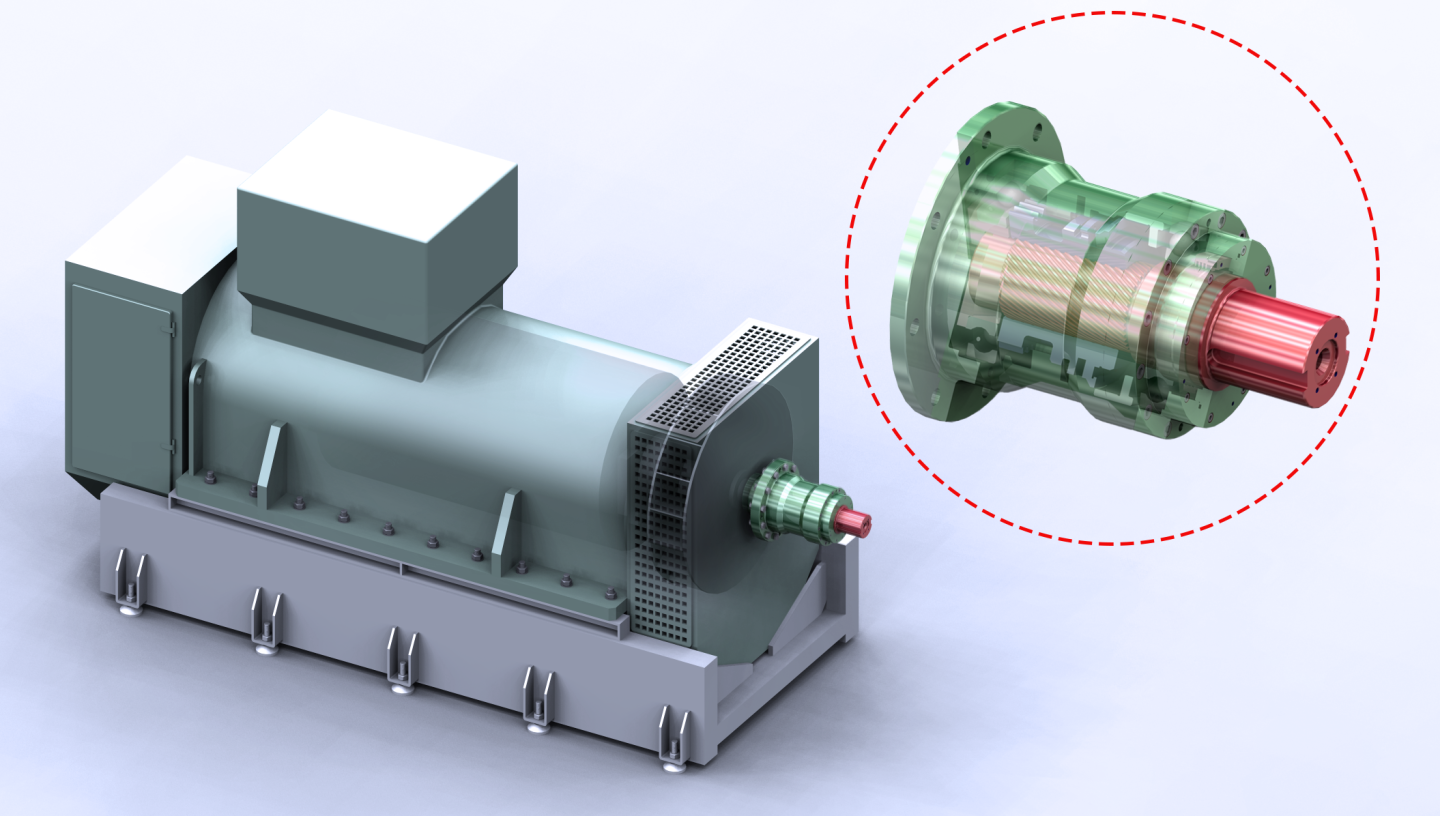Peaking Reciprocating Plant

Peaking power plants need to have the ability to operate flexibly, with fast ramp-up/ramp-down rates to compensate for rapid changes in power demand. Reciprocating engines are well-placed to meet these needs by often combining a series of modular units into a larger system.
Even with the engine idle, the SSS Clutch allows the generator to be left synchronised to the grid providing reactive power, inertia and fault current. This supports grid stability and generation flexibility.
When power is required, the reciprocating engine can come up to full power in a few minutes and the SSS Clutch will automatically engage when the input speed of the engine try’s to exceed the rotational speed of the generator.

The use of engines for peaking power generation is becoming increasing important as more renewable energy power sources are being introduced both on large grids and in remote areas where small isolated grids are being formed which require local grid stability and peaking power when there is no wind or solar power.

SSS has a series of standard Clutch Couplings designed for this application which are fully enclosed and self-lubricating, this avoids the need for a separate oil supply.
The design minimises the distance between the reciprocating engine and the generator and can be combined with a flexible coupling to accommodate shaft misalignment.